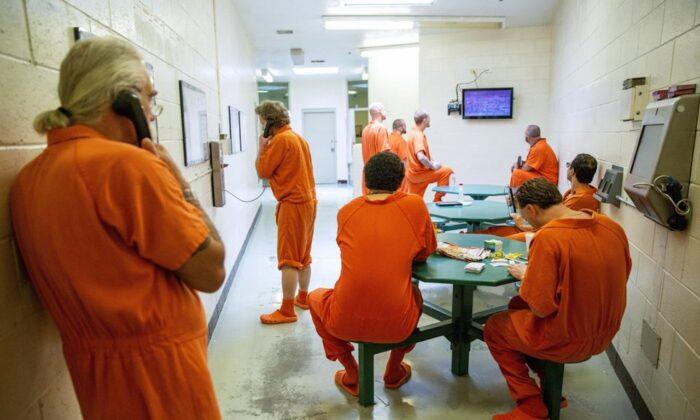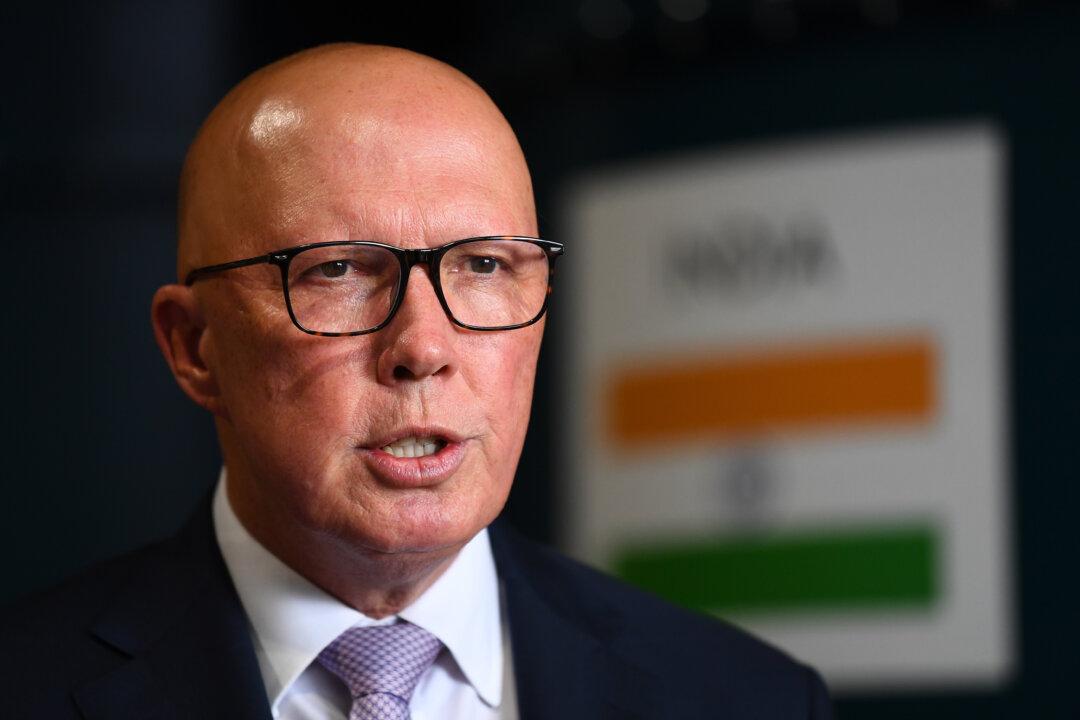The rehabilitation of offenders has become a globally adopted practice. However, certain countries such as Australia and the U.S. are struggling to achieve the success of countries like Norway, which have notably lower resentencing rates.
Criminologist and senior research fellow from the Australian National University’s Research School of Psychology, Clarke Jones, PhD, told The Epoch Times that the high-security prison systems, which are seen across Australia and the United States, have been shown, by recidivism rates (rates of resentencing), not to be effective.
The Problem with Western-Based Prison Systems
Jones said that the Western-based systems are all very similar and characterised by a large prison that holds a large prison population.“And of course, America has the largest prison population in the world, looking at about 2.3 million now, of offenders, Australia doesn’t have anywhere near that,” Jones said.
“That doesn’t mean that those prison systems are the most congested,” he said. “But that just means that the size of the bed space and the size of the prison doesn’t hold the number of prisoners that get locked up.”
He said that in the US, because of the high prison populations, although the more high-risk offenders are locked away in a single cell, quite a number of inmates will be on the beds in a joint facility.
“It’s very hard for family and kids to visit their parents when they’re behind a sort of a Perspex screen.
“There’s also points where they’re locked away for extended periods of time, so they might only get one hour a day out of their cell, and the rest of the time they’re locked in their cell.”
Jones said that this type of incarceration used in the prison systems in the U.S. and Australia just doesn’t work and that this can easily be observed by recidivism rates in these countries.
“You'll see that the U.S. has probably the highest recidivism rate, depends on how you measure it, of course, but the highest recidivism rate in the world,” he said.

Importance of Maintaining Identity and a Sense of Community
Jones stated that one of the things he noticed in the Norwegian prison system is the preservation of a sense of identity inside the system. which he said makes the rehabilitation of criminals more successful as the prisoners can maintain family contacts, thereby alleviating some of the shocks of going into the prison system.“When we incarcerate in Australia or in the U.S., you go in, you’re stripped of identity, you become a number, you’re thrown into a cell, and you’re not released,” Jones said.
“It’s very hard to see your family, very hard to move, remain in contact with your family. You’re left idle with very little to do. You’re not really kept occupied. It’s a very, very boring and mindless thing to have to be incarcerated.”
However, Jones explains, that this does not mean prisons should be an easy or comfortable situation.
“I don’t mean we should get offenders comfy couches and cushions and flat-screen TVs,” he said.
“But the environment in which they’re in will determine the success of the type of regime or the type of prison or jail regime.”
Jones said that often maintaining a sense of community keeps inmates active inside and helps them learn new trades and skills so that when they are released, they are more likely or able to reintegrate into society and get a job.
He said that in Norway, inmates are allowed back into society, and most inmates maintain their occupation and family contacts. They are punished if they do the wrong thing, but inmates are given a level of trust. He said that there is also a level of community tolerance because the community understands that with this incarceration model, people are still safe.
“They still address those serious offenders, but there’s less use of incarceration than what we would have in a lot of the western systems,” Jones said.
Rehabilitation in Australia
According to the Sentencing Council of Australia, currently, the Northern Territory (NT) has the highest imprisonment rate in Australia, at 970.6 prisoners per 100,000 adults, but the NT’s Department of Attorney-General and Justice told The Epoch Times in an email that the NT Correctional Services provide offence-specific treatment programs for violent offenders that are assessed as suitable for inclusion.“This includes the Violent Offender Treatment Program (VOTP); Recognising Anger Gaining Empowerment (RAGE; for interpersonally violent offenders), and the Family Violence Program (FVP).”
Offence-specific intensive treatment programs aim to address criminogenic risks and needs. This category of rehabilitation includes psychoeducational programs that build the coping skills of an offender and provide them with information.
The AGD spokesperson said that current rehabilitation programs could be classified under four categories: education, employment, prisoner development, and offence-specific intensive treatment.
Education programs include basic numeracy and literacy courses, higher education courses, vocational-based training and tertiary enabling.
Employment programs include jobs within the correctional centre —working in the laundry and kitchens or fulfilling yard maintenance and cleaning roles— or programs like Sentenced to a Job and Community Service Work Parties. Prisoner development programs include sport and recreation, life skill development, art and music, and chaplaincy and pastoral care.
“The delivery of treatment, employment, training and support programs for prisoners depends on demand and suitability of candidates,” the spokesperson said.
Youth Detention
In terms of youth detention in the Territory, a spokesperson from the Department of Territory Families, Housing and Communities (TFHC) said that rehabilitation is the key focus during a child’s time in detention, with the rehabilitation programs specially tailored towards education and vocational training, and sport and cultural activities also make up a significant part of the rehabilitative program.“Support is also provided as they transition out of detention and back into the community by ensuring they have a safe place to stay and are engaged in work or educational programs,” the spokesperson said.
“Children have access to psychologists, social workers, case workers and allied health professionals through Specialist Assessment and Treatment Services and primary healthcare services.”
The spokesperson said that, in general, a small number of offenders are responsible for a disproportionate amount of crime.

Improving Rehabilitation in Australia
Jones said that he thinks Australia has got to look at alternatives to incarceration.“We’ve got to look at alternatives to youth detention, the cycle of crime is really born in some of the youth detention, and so, keeping younger people out of prison would be absolutely crucial.”
He also said that Australia should minimize its use of high-security facilities.
“Once again, the more we shut someone from society, the more we lock them away for, the longer the time; if you cage a friendly dog for three weeks, you'll find that the dog will come out a different dog,” Jones said.

Mental Health and Religion Can Play a Part in Rehabilitation
Jones said that incarceration already creates mental health challenges, but if you incarcerate someone in very harsh conditions, it’s likely to cause some kind of mental health problem or sometimes mental illness.He said that it is very hard to recover from this and that, quite often, a significant percentage of offenders already have mental health issues, which are only worsened by going to prison.
He believes Australia should consider contemplating the use of non-custodial sentences such as community service and look into what types of programs aren’t developed.
“There’s always ways to improve programs, building in better understanding of cultural sensitivities and religious sensitivities in some cases,” he said.
One such example is the use of religion as an aid in the rehabilitation of violent offenders.
“Religion provides a very sort of a protective factor in a lot of offenders, even with terrorist offenders,” he said.
“And there’s still a lot of good work to be done in that space to make sure that the programs are suitable for the offender.”




